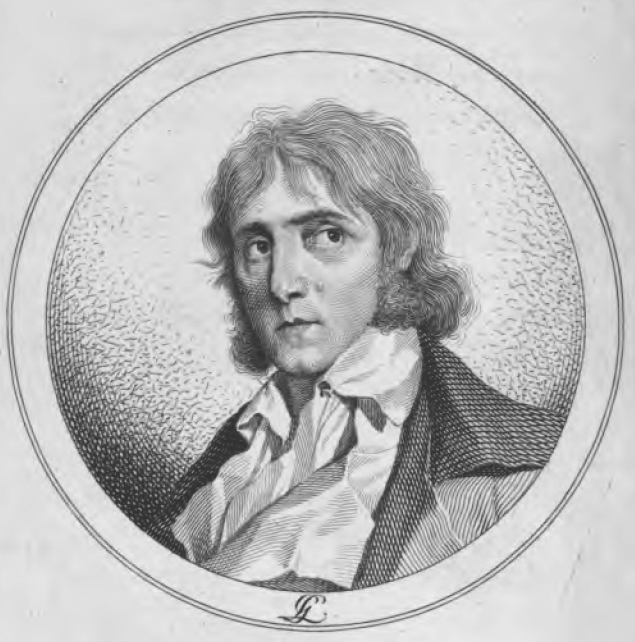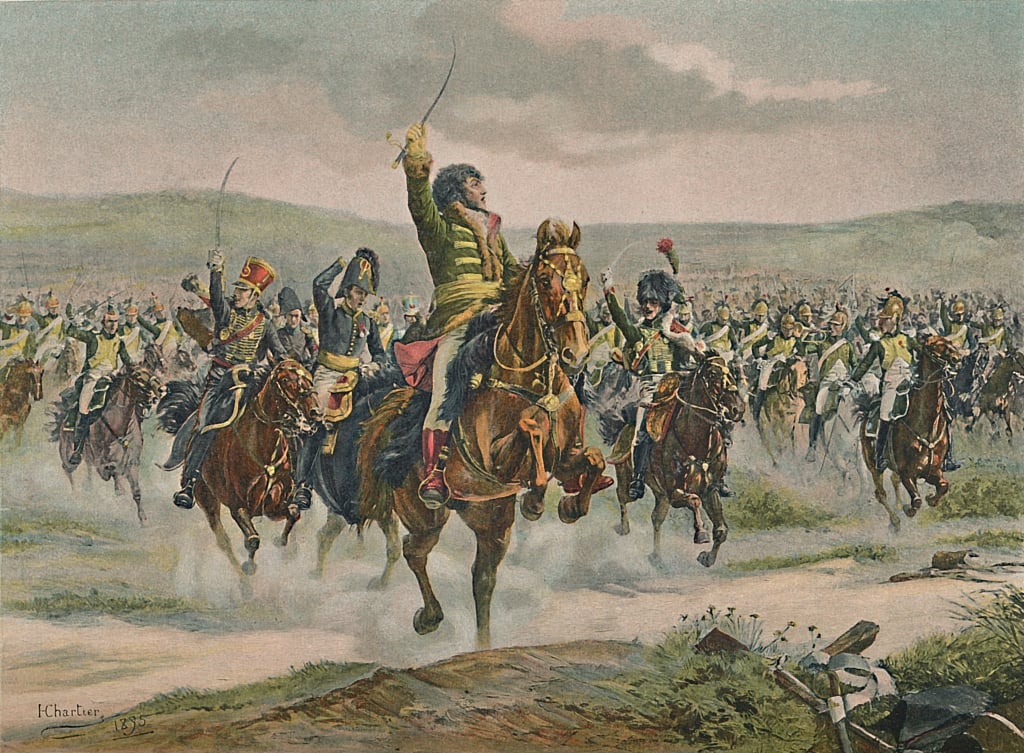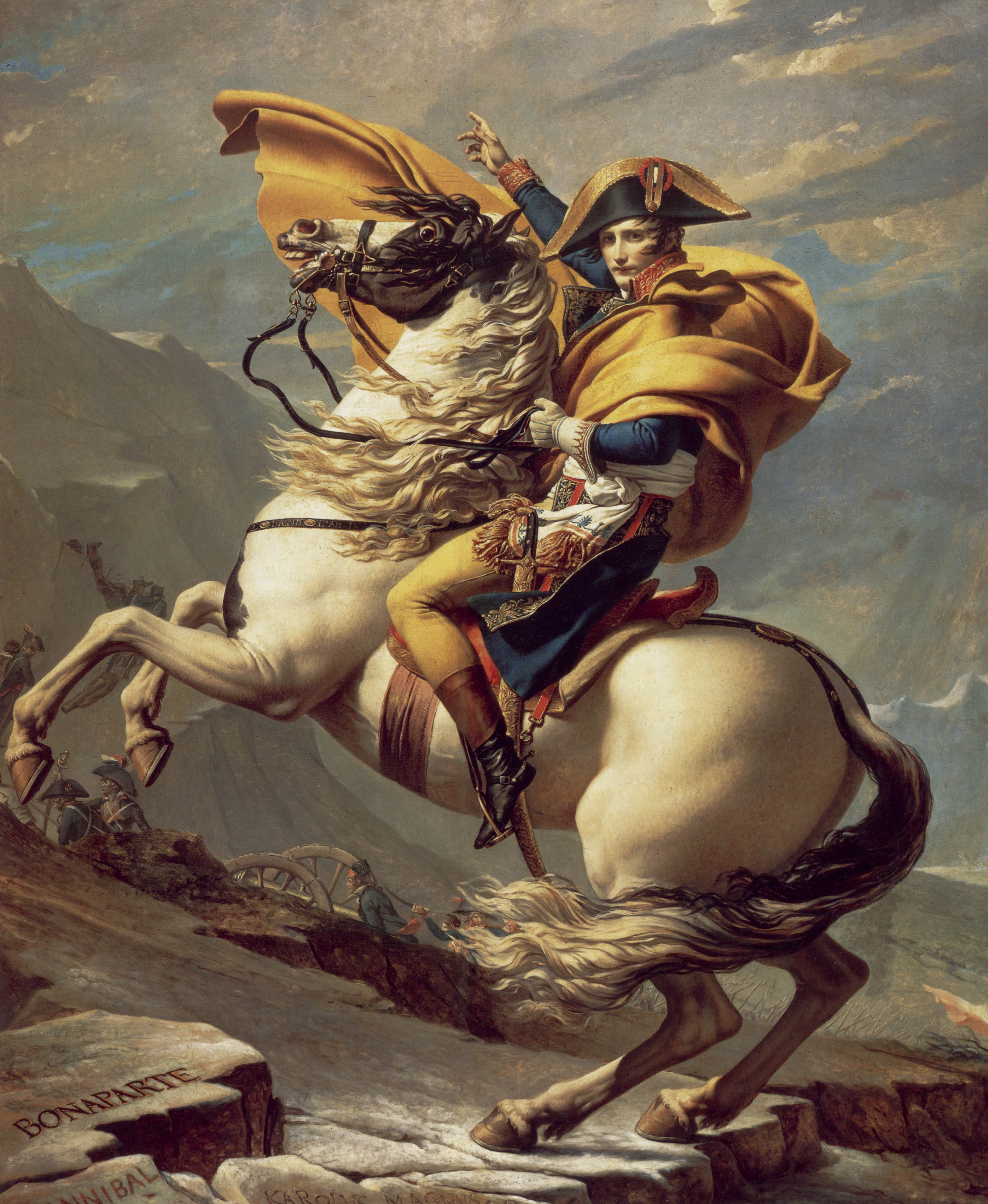|
Francesco Saverio Salfi
Francesco Saverio Salfi or Franco Salfi (24 January 1759 in Cosenza – 1832 in Paris) was an Italian writer, politician and librettist. Biography An ordained priest, he distinguished himself with his ability to compose verses at a very young age at Accademia Cosentina. In 1786, he wrote an essay arguing against popular beliefs related to the 1783 Calabrian earthquakes. The essay attracted fury from the ecclesiastical authorities, who however were unable to prosecute Salfi due to opposition from the Neapolitan government, particularly Minister Carlo de Marco. In 1787 he moved to Naples, where he lectured in the Humanities, came into contact with Enlightenment thinkers ( Gaetano Filangieri, Mario Pagano, Antonio Jerocades, Nicola Pacifico and others), and progressively distanced himself from the Church. In 1788, when Ferdinand IV of Naples refused to pay the annual tribute of the Chinèa to the Pope, Salfi wrote a satire against the Papal States and in praise of the Neapolitan ... [...More Info...] [...Related Items...] OR: [Wikipedia] [Google] [Baidu] |
Jacobin
, logo = JacobinVignette03.jpg , logo_size = 180px , logo_caption = Seal of the Jacobin Club (1792–1794) , motto = "Live free or die"(french: Vivre libre ou mourir) , successor = Panthéon Club , formation = 1789 , founder = Maximilien Robespierre , founding_location = Versailles, France , dissolved = , type = Parliamentary group , status = Inactive , purpose = Establishment of a Jacobin society * 1789–1791: abolition of the Ancien Régime, creation of a parliament, introduction of a Constitution and separation of powers * 1791–1795: establishment of a republic, fusion of powers into the National Convention and establishment of an authoritarian-democratic state , headquarters = Dominican convent, Rue Saint-Honoré, Paris , region = France , methods = From democratic initiatives to pu ... [...More Info...] [...Related Items...] OR: [Wikipedia] [Google] [Baidu] |
Joachim Murat
Joachim Murat ( , also , ; it, Gioacchino Murati; 25 March 1767 – 13 October 1815) was a French military commander and statesman who served during the French Revolutionary Wars and Napoleonic Wars. Under the French Empire he received the military titles of Marshal of the Empire and Admiral of France. He was the 1st Prince Murat, Grand Duke of Berg from 1806 to 1808 and King of Naples as Joachim-Napoleon ( it, Gioacchino Napoleone, links=no) from 1808 to 1815. He was the brother-in-law of Napoleon Bonaparte. Early life Murat was born on 25 March 1767 in La Bastide-Fortunière (later renamed Labastide-Murat after him), in Guyenne (the present-day French department of Lot). His father was Pierre Murat-Jordy (d. 27 July 1799), an affluent yeoman, innkeeper, postmaster and Roman Catholic churchwarden. His mother was Jeanne Loubières (1722 – 11 March 1806), the daughter of Pierre Loubières and his wife Jeanne Viellescazes. Murat's father, Pierre Murat-Jordy, was ... [...More Info...] [...Related Items...] OR: [Wikipedia] [Google] [Baidu] |
Brescia
Brescia (, locally ; lmo, link=no, label= Lombard, Brèsa ; lat, Brixia; vec, Bressa) is a city and ''comune'' in the region of Lombardy, Northern Italy. It is situated at the foot of the Alps, a few kilometers from the lakes Garda and Iseo. With a population of more than 200,000, it is the second largest city in the administrative region and the fourth largest in northwest Italy. The urban area of Brescia extends beyond the administrative city limits and has a population of 672,822, while over 1.5 million people live in its metropolitan area. The city is the administrative capital of the Province of Brescia, one of the largest in Italy, with over 1,200,000 inhabitants. Founded over 3,200 years ago, Brescia (in antiquity Brixia) has been an important regional centre since pre-Roman times. Its old town contains the best-preserved Roman public buildings in northern Italy and numerous monuments, among these the medieval castle, the Old and New cathedral, the Renaiss ... [...More Info...] [...Related Items...] OR: [Wikipedia] [Google] [Baidu] |
Brera (district Of Milan)
Brera is a district ("quartiere") of Milan, Italy. It is located within the Zone 1 (the historical core of the city) and it is centred on Via ''Brera''. The name stems from Medieval Italian "braida" or "brera", derived from Old Lombardic "brayda" (often Latinized as "praedium"), meaning a land expanse either cleared of trees or naturally lacking them. This is because around the year 900, the Brera district was situated just outside Milan's city walls and was kept clear for military reasons. The root of the word is the same as that of the Dutch city of Breda's name and the English word "broad". Brera houses the Brera Academy of Fine Arts and the Brera Art Gallery, which prominently contributed to the development of Brera as an artists' neighbourhood and a place of bohemian atmosphere, sometimes referred to as "the milanese Montmartre". Both the academy and the gallery are located in Palazzo Brera, the main historical building of the area; this same building also houses Milan's ... [...More Info...] [...Related Items...] OR: [Wikipedia] [Google] [Baidu] |
Gymnasium (school)
''Gymnasium'' (and variations of the word) is a term in various European languages for a secondary school that prepares students for higher education at a university. It is comparable to the US English term '' preparatory high school''. Before the 20th century, the gymnasium system was a widespread feature of educational systems throughout many European countries. The word (), from Greek () 'naked' or 'nude', was first used in Ancient Greece, in the sense of a place for both physical and intellectual education of young men. The latter meaning of a place of intellectual education persisted in many European languages (including Albanian, Bulgarian, Estonian, Greek, German, Hungarian, the Scandinavian languages, Dutch, Polish, Czech, Serbo-Croatian, Macedonian, Slovak, Slovenian and Russian), whereas in other languages, like English (''gymnasium'', ''gym'') and Spanish (''gimnasio''), the former meaning of a place for physical education was retained. School ... [...More Info...] [...Related Items...] OR: [Wikipedia] [Google] [Baidu] |
Battle Of Marengo
The Battle of Marengo was fought on 14 June 1800 between French forces under the First Consul Napoleon Bonaparte and Austrian forces near the city of Alessandria, in Piedmont, Italy. Near the end of the day, the French overcame General Michael von Melas's surprise attack, drove the Austrians out of Italy and consolidated Bonaparte's political position in Paris as First Consul of France in the wake of his coup d'état the previous November. Surprised by the Austrian advance toward Genoa in mid-April 1800, Bonaparte hastily led his army over the Alps in mid-May and reached Milan on 2 June. After cutting Melas's line of communications by crossing the River Po and defeating ''Feldmarschallleutnant'' (FML) Peter Karl Ott von Bátorkéz at Montebello on 9 June, the French closed in on the Austrian Army, which had massed in Alessandria. Deceived by a local double agent, Bonaparte dispatched large forces to the north and the south, but the Austrians launched a surprise attack ... [...More Info...] [...Related Items...] OR: [Wikipedia] [Google] [Baidu] |
Carlo Lauberg
Carlo is a given name. It is an Italian form of Charles. It can refer to: *Carlo (name) *Monte Carlo *Carlingford, New South Wales, a suburb in north-west Sydney, New South Wales, Australia *A satirical song written by Dafydd Iwan about Prince Charles. *A former member of Dion and the Belmonts best known for his 1964 song, Ring A Ling. *Carlo (submachine gun), an improvised West Bank gun. * Carlo, a fictional character from Animal Crossing: Pocket Camp * It can be confused with Carlos * Carlo means “man” (from Germanic “karal”), “free man” (from Middle Low German “kerle”) and “warrior”, “army” (from Germanic “hari”). See also * Carl (name) *Carle (other) *Carlos (given name) Carlos is a masculine given name, and is the Portuguese and Spanish variant of the English name ''Charles'', from the Germanic '' Carl''. Notable people with the name include: Royalty * Carlos I of Portugal (1863–1908), second to last King ... {{disambig Italia ... [...More Info...] [...Related Items...] OR: [Wikipedia] [Google] [Baidu] |
Ignazio Ciaia
Ignazio () is a masculine Italian given name. Notable people with the name include: Arts *Ignazio Collino (1736–1793), Italian sculptor *Ignazio Fresu (born 1957), Italian sculptor *Ignazio Gardella (1905–1999), Italian architect and designer * Ignazio Hugford (1703–1777), Italian painter *Ignazio Marabitti (1719–1797), Sicilian sculptor * Ignazio Oliva (17th century), Italian painter * Carlo Ignazio Pozzi (1786–1842), Italian painter and architect *Ignazio Stern (1679–1748), Austrian painter Literature *Ignazio Buttitta (1899–1997), Sicilian dialectal poet * Ignazio Giorgi (1675–1737), Italian poet and translator *Ignazio Silone (1900–1978), Italian novelist and poet Music * Ignazio Albertini (1644–1685), Italian violinist and composer * Ignazio Cirri (1711–1787), Italian organist and composer * Ignazio Boschetto, Italian singer-songwriter & member of Il Volo *Ignazio Donati (1570–1638), Italian composer * Ignazio Fiorillo (1715–1787), Italian compose ... [...More Info...] [...Related Items...] OR: [Wikipedia] [Google] [Baidu] |
Parthenopean Republic
The Parthenopean Republic ( it, Repubblica Partenopea, french: République Parthénopéenne) or Neapolitan Republic (''Repubblica Napoletana'') was a short-lived, semi-autonomous republic located within the Kingdom of Naples and supported by the French First Republic. The republic emerged during the French Revolutionary Wars after King Ferdinand IV fled before advancing French troops. The republic existed from 21 January to 13 June 1799, collapsing when Ferdinand returned to restore monarchial authority and forcibly subdued republican activities. Etymology The Parthenopean Republic is named after Parthenope, a Greek settlement now part of the city of Naples. Origins of the Republic On the outbreak of the French Revolution King Ferdinand IV of Naples and Queen Maria Carolina did not at first actively oppose reform; but after the fall of the French monarchy they became violently opposed to it, and in 1793 joined the first coalition against France, instituting severe persecu ... [...More Info...] [...Related Items...] OR: [Wikipedia] [Google] [Baidu] |
Jean-Étienne Championnet
Jean-Étienne Vachier Championnet (), also known as Championnet (13 April 1762, Alixan, Drôme – 9 January 1800), led a Republican French division in many important battles during the French Revolutionary Wars. He became commander-in-chief of the ''Army of Rome'' in 1798 and of the '' Army of Italy'' in 1799. He died in early 1800 of typhus. His name is one of the names inscribed under the Arc de Triomphe, on Column 3. Career Championnet enlisted in the army at an early age and served in the Great Siege of Gibraltar. When the Revolution broke out he took a prominent part in the movement and was elected by the men of a battalion to command them. In May 1793 he was charged with the suppression of the civil disturbances in the Jura, which he quelled without bloodshed. Under Pichegru he took part in the Rhine campaign of 1793 as a brigade commander, and at Weissenburg and in the Palatinate won the commendation of Lazare Hoche. At Fleurus his stubborn fighting in the centr ... [...More Info...] [...Related Items...] OR: [Wikipedia] [Google] [Baidu] |
Declaration Of The Rights Of Man And Of The Citizen
The Declaration of the Rights of Man and of the Citizen (french: Déclaration des droits de l'homme et du citoyen de 1789, links=no), set by France's National Constituent Assembly in 1789, is a human civil rights document from the French Revolution. Inspired by Enlightenment philosophers, the Declaration was a core statement of the values of the French Revolution and had a major impact on the development of popular conceptions of individual liberty and democracy in Europe and worldwide. The Declaration was originally drafted by the Marquis de Lafayette, but the majority of the final draft came from the Abbé Sieyès. Influenced by the doctrine of natural right, the rights of man are held to be universal: valid at all times and in every place. It became the basis for a nation of free individuals protected equally by the law. It is included in the beginning of the constitutions of both the Fourth French Republic (1946) and Fifth Republic (1958), and is considered valid as c ... [...More Info...] [...Related Items...] OR: [Wikipedia] [Google] [Baidu] |





